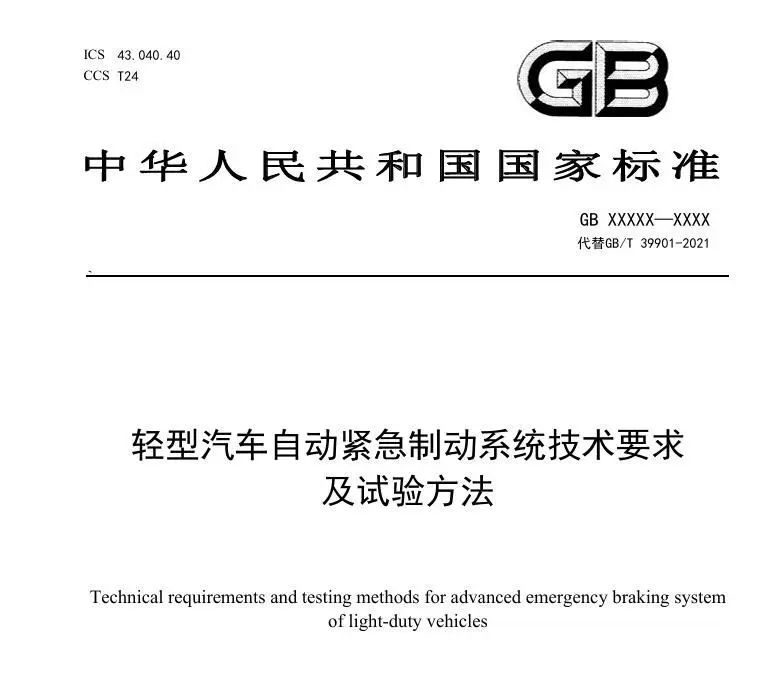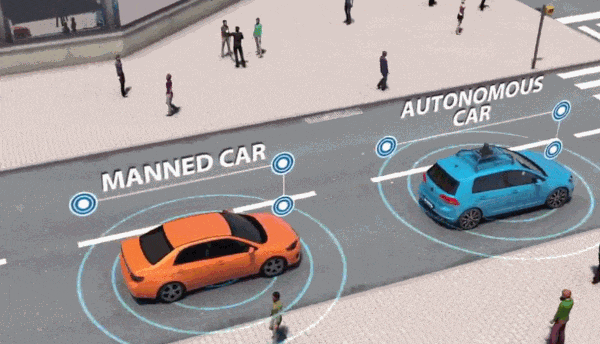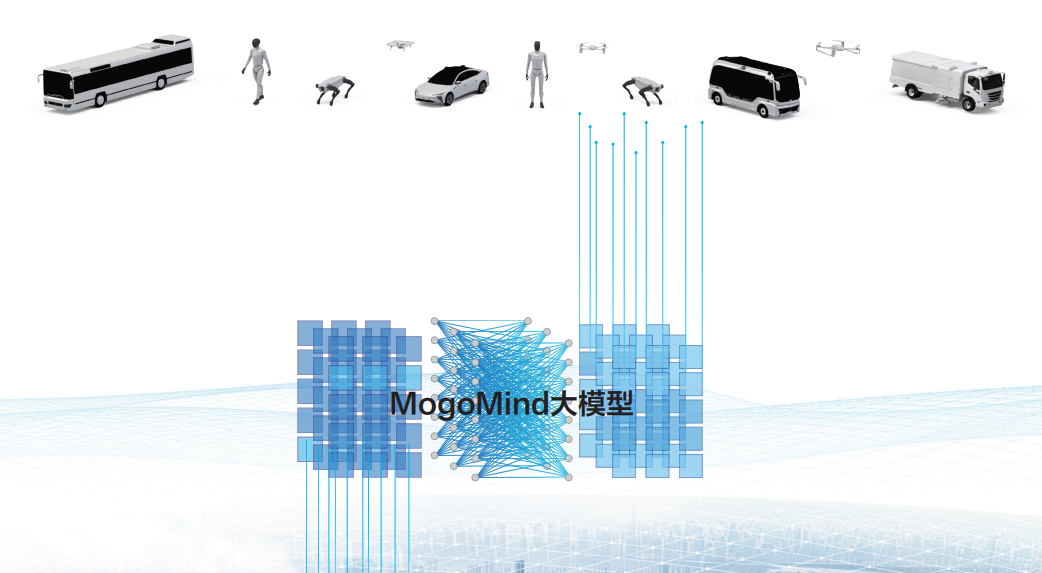The Dilemma of Intelligent Assisted Driving: Technology Revolution and Industry Reshuffling Behind Auto Company Financial Reports and New National Standards
![]() 06/12 2025
06/12 2025
![]() 465
465
Recently, I reviewed the Q1 2025 financial reports of various auto companies, and my primary impression is that the intelligent assisted driving sector has gone through a whirlwind of change. From BYD's "Smart Driving for All" to Xpeng's "No Map NOA Racing," and from the policy-level approval of L3 autonomous driving to soaring R&D expenditures, this industry is experiencing an unprecedented revolution driven by both technology and policy. Today, let's delve into the underlying logic and future battles of intelligent driving from the perspectives of financial report data and policy trends.
AEB Mandatory Standard Configuration Reshapes the Industry Landscape
When the Ministry of Industry and Information Technology released the draft for public comment on the "Technical Requirements and Test Methods for Automatic Emergency Braking Systems of Light Vehicles," the entire automotive industry sensed the impending storm. This mandatory national standard, which elevates AEB (Automatic Emergency Braking System) from an "optional" to a "standard" configuration, is akin to a sword of Damocles that will fundamentally alter the competitive landscape of intelligent driving in China.

Violent Increase in Technical Thresholds
The new national standard mandates that all M1/N1 vehicles must be equipped with AEB as standard, capable of recognizing vulnerable road users such as pedestrians, bicycles, and two-wheeled motorcycles. This implies that auto companies must transition from millimeter-wave radar to multi-sensor fusion technology by 2026. The CTO of a leading auto company admitted, "Previously, AEB was an added bonus, but now it's a matter of life and death." According to incomplete statistics, the AEB installation rate for models priced below 80,000 yuan in China is only 2.6%, and the new regulations will directly create an incremental market of nearly 25 million new vehicles annually.
Prisoner's Dilemma of Cost Control
The introduction of simulation tests and night low-visibility scenario assessments by the new regulations complicates the choice of technology roadmap. Huawei's ADS 3.0 opts for a lidar + multi-camera solution to achieve braking at 120 km/h, but the cost increases by 30%. Conversely, Xpeng's MONA M03 bets on a pure vision solution, claiming to achieve braking at 130 km/h within the year. Behind this competition lies a BOM cost game involving thousands or even tens of thousands of yuan per vehicle.
Reshuffling of the Market Landscape
Post-implementation of the new regulations, the AEB market will exhibit "polarization." BYD, Geely, and other full-industry chain giants can absorb costs through vertical integration, whereas newcomers like NIO and Xpeng face greater pressure. Financial report data shows that NIO's R&D expense per vehicle is as high as 3.18 billion yuan, while Xpeng has reduced its R&D costs to 1.98 billion yuan through collaboration with Huawei, albeit at the cost of relinquishing some technological dominance.
Q1 Financial Report Battle: Intelligent Assisted Driving Becomes the Deciding Factor
When dissecting the first-quarter financial reports of multiple auto companies, a harsh truth emerges: intelligent assisted driving is no longer an added bonus but the deciding factor for survival.
The Revelry of Frontrunners
BYD boasts revenues of 170.4 billion yuan and a net profit of 9.155 billion yuan, attributed to its "technology equalization" strategy. The cost barriers established by Blade Battery + DM-i hybrid technology enable it to equip high-level intelligent driving systems while maintaining a gross margin of 20%. Financial reports indicate that BYD's R&D expense ratio for intelligent driving has increased from 12% in 2023 to 18%.
Geely Auto orchestrated a textbook-level counterattack in the new energy sector. In Q1, the Zeekr brand sold 40,000 units, a 25% year-on-year increase, fueled by the "architecture-based vehicle manufacturing" model. The GEA intelligent new energy architecture shortens the development cycle of new models by 50% and reduces costs by 35%. Financial reports reveal that Zeekr's gross margin per vehicle has reached 16.5%, surpassing that of the Tesla Model Y.
The Struggles of Pursuers
NIO delivered mixed results: revenues increased by 21% year-on-year to 12 billion yuan, but net losses still amounted to 6.75 billion yuan. Its "full-stack self-development" strategy revealed shortcomings in the financial report, with R&D expenses of 3.18 billion yuan accounting for 26.5% of revenues, far exceeding the industry average. However, the launch of the NT3.0 platform brought hope to the capital market, with 835 ET9s delivered in the first month, validating the value of technological investment.
Xiaomi Auto's emergence is striking. The SU7 series delivered 75,900 units in a single quarter, with an ASP of 238,000 yuan. Behind this success lies a 14.2 billion yuan gamble on R&D expenses. However, hidden dangers have emerged: over-reliance on Mobileye's intelligent driving solution exposes it to compliance risks under new policy regulations. During the financial report conference call, Lei Jun acknowledged for the first time that "we are building a 200-person intelligent driving team."
The Elegy of the Eliminated
Great Wall Motors' revenue declined by 6.63%, and net profit plummeted by 45.75%, emblematic of the sluggish transformation of traditional auto companies. Its Ora brand's sales halved by 54%, exposing a strategic misstep in the field of intelligent driving. Financial reports show that Great Wall's R&D investment in the AEB field only accounts for 1.2% of revenues, significantly below the industry average of 5%.
The Century-Long Battle Between Visionaries and Lidar Factions
In the "airborne verbal warfare" between Xpeng and Huawei, the competition for technology roadmaps in intelligent driving has reached a fever pitch. This debate essentially revolves around a power struggle over data and computing power.

The Survival Philosophy of Visionaries
Tesla's global surge in FSD has prompted automakers like Li Auto and NIO to firmly bet on the pure vision route. Li Auto's AD Max 3.0 achieves a 99.9% recognition rate in urban NOA scenarios through neural network training. However, new policy regulations have placed the pure vision faction in a dilemma: pedestrian recognition accuracy is less than 80%, and missed detection rates in night scenes exceed 15%. An engineer from a new force complained, "Policies are forcing us to use lidar, but the cost is simply unsustainable."
The Dimensionality Reduction Strike of Lidar
The advent of Huawei's ADS 3.0 has rewritten the rules of the game. The combination of 96-line lidar and 4D millimeter-wave radar achieves AEB braking at 120 km/h. However, the hardware configuration, with a cost of up to 12,000 yuan, puts auto companies in a dilemma of "selling cars at a loss or falling behind by not selling them." Xpeng's MONA M03 chose a compromise solution, achieving braking at 130 km/h with a single lidar, reducing costs by 40%.
The Middle Ground of Fusion Perception
The brilliance of Geely's Haohan architecture lies in "hardware pre-installation + software iteration." By reserving lidar interfaces, different models can flexibly incorporate various sensor combinations. Financial reports indicate that this modular design reduces R&D costs by 25% and shortens the delivery cycle by 30%.
AI Network: A New Revolution in "System Symbiosis"
As single-vehicle intelligence grapples with the prisoner's dilemma of computing power and cost, a new technological paradigm is rewriting the underlying logic of intelligent driving—the AI network. It constructs an ecosystem of "global perception - real-time decision-making - dynamic optimization" through intelligent collaboration between the cloud, roadside devices, and vehicles, evolving intelligent driving from "single-vehicle competition" to "system symbiosis."

The Perception Revolution of Vehicle-Road-Cloud Collaboration
The core of the AI network lies in breaking the physical boundaries of single-vehicle perception. Through real-time interaction between roadside sensors (cameras, millimeter-wave radars) and cloud AI, vehicles can detect risks beyond the line of sight in advance. Test data from a leading auto company shows that on road segments where the AI network is deployed, the system's warning time for dangerous scenarios such as pedestrians crossing and ghost probes is extended from 0.5 seconds for traditional single vehicles to 2.5 seconds, providing a crucial reaction window for emergency braking.
Exponential Evolution of Data Closed Loops
The essence of AI networks is to establish a positive cycle of "data - algorithm - scenario." Cloud-based supercomputers process PB-level multimodal data (including video, radar point clouds, V2X signals) daily, continuously optimizing algorithm models through federated learning technology without compromising privacy.
The Two-Way Convergence of Policy and Technology
The mandatory requirement of AEB in the new national standard presents an opportunity for the implementation of AI networks. The policy requirement for "recognition in low-visibility scenarios at night" is challenging for vehicle-end sensors alone to cover all blind spots, whereas the combination of roadside lighting equipment and cloud AI recognition can effortlessly achieve a closed loop of "vehicle trigger - roadside verification - cloud decision-making."
Three Breakthrough Paths for Intelligent Assisted Driving
At the 2025 time node, the intelligent driving sector presents four major evolutionary trends:
Trend 1: Scenario-Based Deep Cultivation
Auto companies are abandoning the fantasy of "one-step" full-scenario autonomous driving and instead focusing on breakthroughs in high-frequency scenarios. NIO's NOP+ achieves a 95% takeover rate on urban expressways, and Xpeng's XNGP achieves zero-speed activation in highway scenarios. This "small steps, fast progress" strategy better aligns with users' real needs.
Trend 2: Ecological Collaboration
The seamless integration of Huawei's ADS with the HarmonyOS cockpit demonstrates the power of ecological collaboration. Financial report data shows that the OTA upgrade speed of automakers equipped with the HarmonyOS intelligent cockpit has increased by 60%, and user stickiness has risen by 45%. This hardware-software integrated approach is reshaping the value chain of intelligent driving.
Trend 3: Global Layout
Geely's Zeekr has entered the European market, and BYD's ATTO 3 has swept Southeast Asia, showcasing the global ambitions of Chinese auto companies. However, the path to overseas expansion is fraught with challenges: new EU regulations require ADAS systems to support Euro NCAP five-star collision tests, posing a severe challenge to local algorithms.
Trend 4: The "System Symbiosis" Ecosystem of AI Networks
Future intelligent driving will evolve into an intelligent entity that collaborates between "vehicles - roads - clouds - humans." Cloud-based large models real-time integrate multi-source data to generate a comprehensive traffic situation map; roadside units serve as "digital sentinels" to fill in the perception blind spots of single vehicles; and the vehicle end focuses on real-time decision-making and execution. Under this architecture, the hardware cost of single-vehicle intelligence can be reduced by more than 60%, while the overall system reliability is improved by 300%.
In this century-long battle for intelligent assisted driving, there are no eternal kings. BYD's vertical integration, NIO's user-centric thinking, Huawei's ecological empowerment, and Xiaomi's cost-effective strategy all embody different survival philosophies. One thing is certain: companies that find a balance between policy compliance and technological innovation will ultimately prevail in the next round of competition.
After all, in this unprecedented transformation of the automotive industry, the only constant is change itself.







